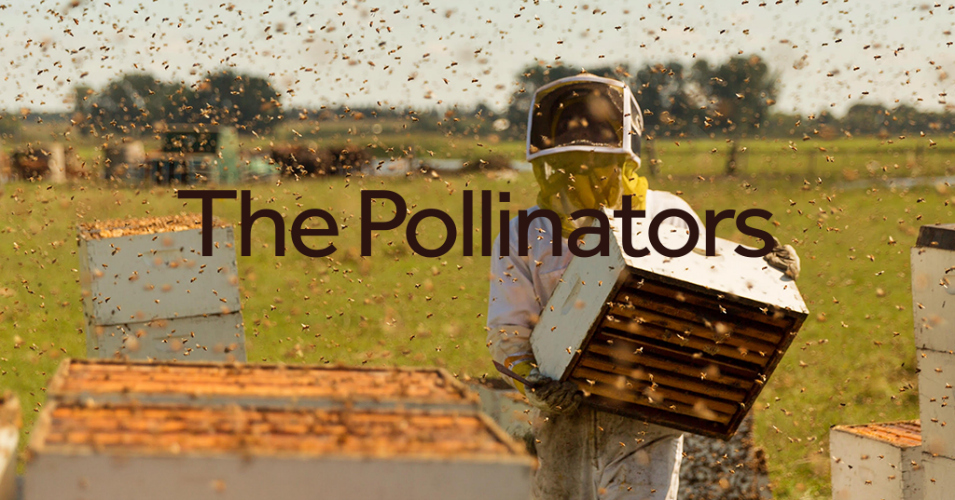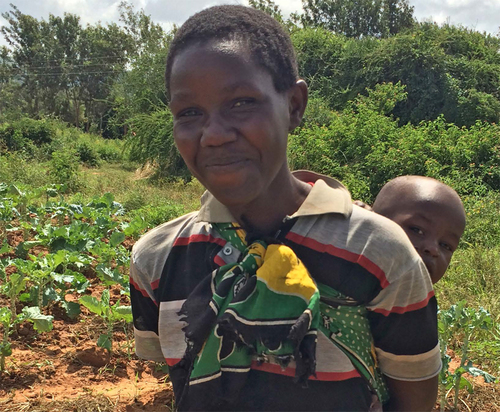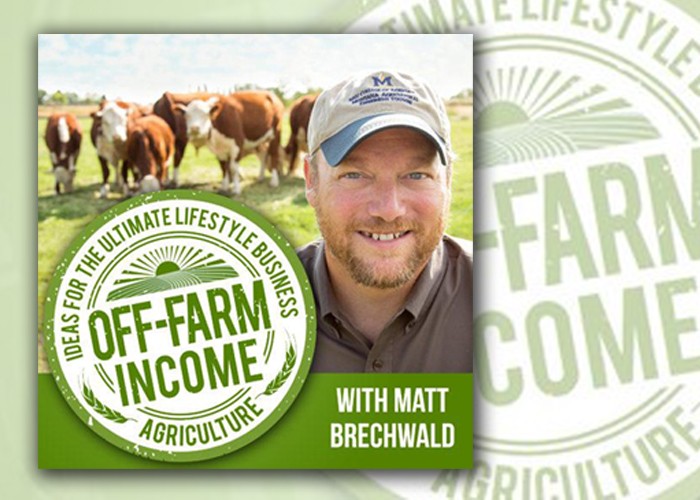10/27/2019 SOURCE: www.google.com
-
(0)
-
Bookmark
- Comments. (0)
10/26/2019 SOURCE: www.popularmechanics.com
-
(0)
-
Bookmark
- Comments. (2)
10/18/2019 SOURCE: beecare.bayer.com
-
(0)
-
Bookmark
- Comments. (0)
10/15/2019 SOURCE: www.bu.edu
-
(0)
-
Bookmark
- Comments. (0)
 Matthew Kroger
Matthew Kroger
Topics: Beekeeping,
Many people have never seen an “open comb” colony. I have seen these where the bees have survived for years in the dead of winter in some pretty extreme cold climates.
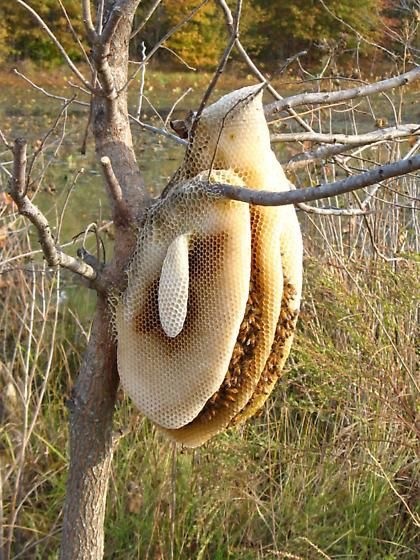
-
(1)
-
Bookmark
- Comments (0)
 Matthew Kroger
Matthew Kroger
Topics: Soil Health, Beekeeping,
ASTERS! A great late season flower for pollinators. I counted 19 different species on this bush yesterday.
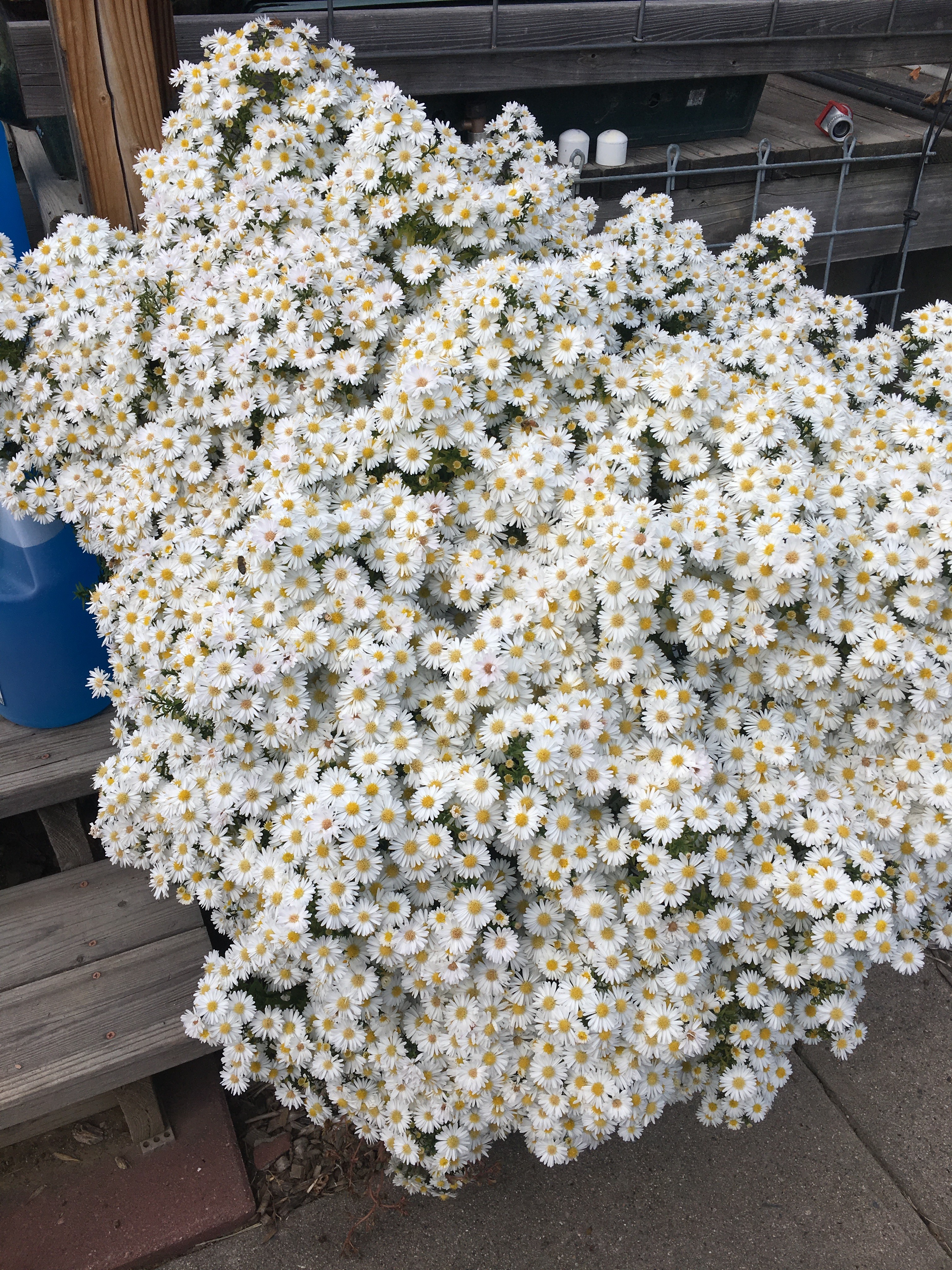
-
(1)
-
Bookmark
- Comments (0)
 Matthew Kroger
Matthew Kroger
Topics: Beekeeping,
Nasonov pheromone, sometimes called the “come hither” scent, is produced by worker bees to attract nest mates to the colony entrance, a clustering swarm, or a food source. If you move a hive a short distance from its original location, you can see workers exposing their Nasonov gland (it lies between the sixth and seventh abdominal tergites) and fanning the scent into the air. Nasonov can also be used to attract swarms to nest boxes.
-
(1)
-
Bookmark
- Comments (0)
 Matthew Kroger
Matthew Kroger
Topics: Beekeeping, Hemp,
DEBUNKING BEES FORAGE ON HEMP!
In fact there is nothing that the entire cannabis family has to offer apis mellifera. Not pollen, not nectar, not propolis material and not likely even microbes. Just because honey bees will visit a cannabis plant and land on the flower, that does not m
Read More
-
(1)
-
Bookmark
- Comments (0)
 Matthew Kroger
Matthew Kroger
Topics: Soil Health, Livestock/Meat, Cover Crops, Vegetables, Beekeeping, Fruit, Stone Fruit,
Many will find this hard to believe because of the conditioning we received... “Managed honey bee colonies supplement the work of natural wild pollinators, not the other way around. In a study of 41 different crop systems worldwide, honeybees only increased yield in 14 percent of the crops. Who did all the pollination? Native bees and other insects. A whole host of little blueberry bees, squash bees, and orchard bees co-evolved with many of our fruits and vegetables. It makes sense they would be good at pollination. In watermelons, native bees do 90 percent of the pollination. Native bees improve fruit production in apples. Native bee pollination creates twice as much fruit as honey bees in blueberries. In tomatoes, native bee species increase fruit production significantly.”
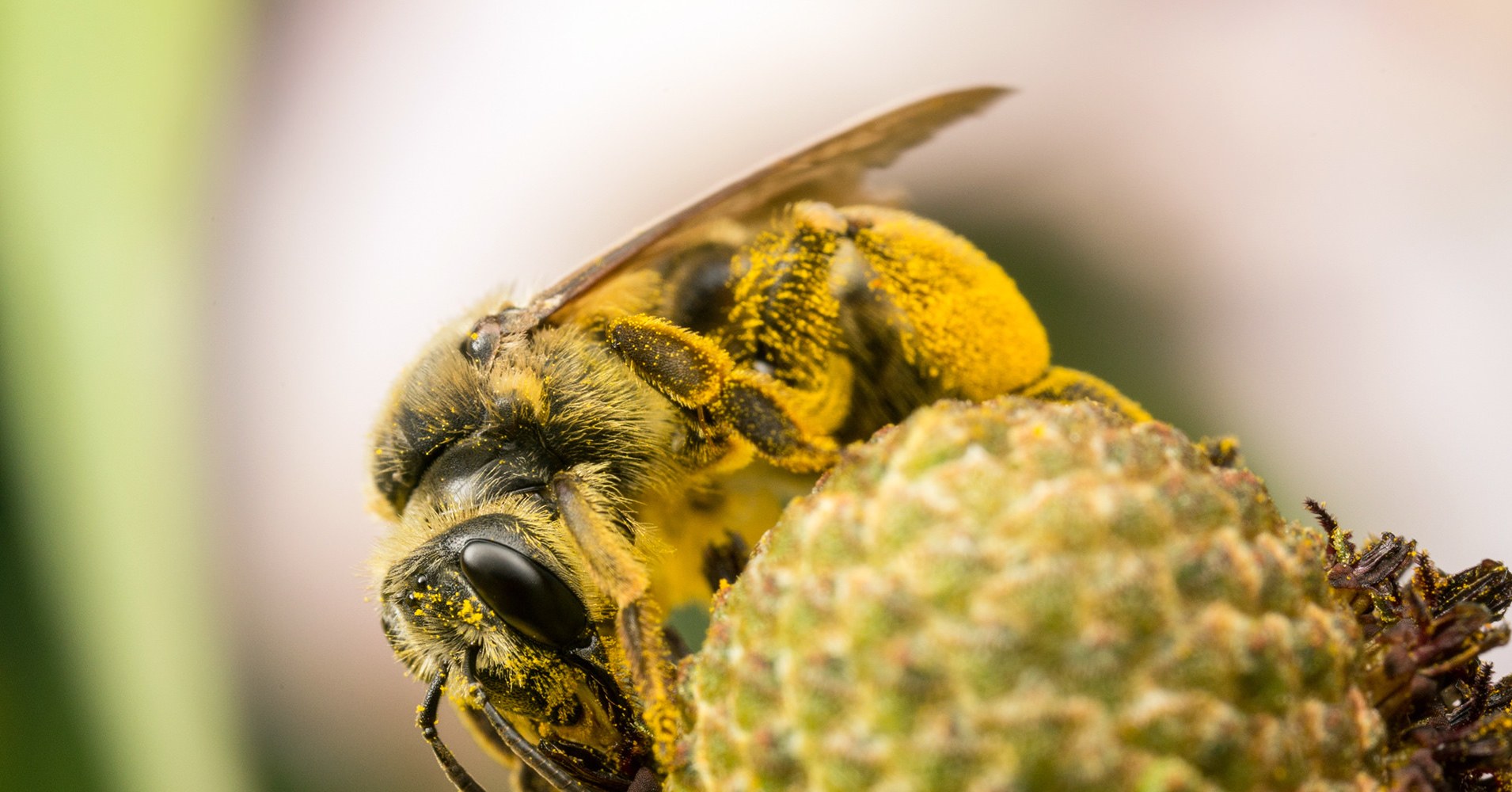
-
(1)
-
Bookmark
- Comments (1)
 Matthew Kroger
Matthew Kroger
Topics: Beekeeping,
Honey...
Not too sure what these girls got into. But they liked it!
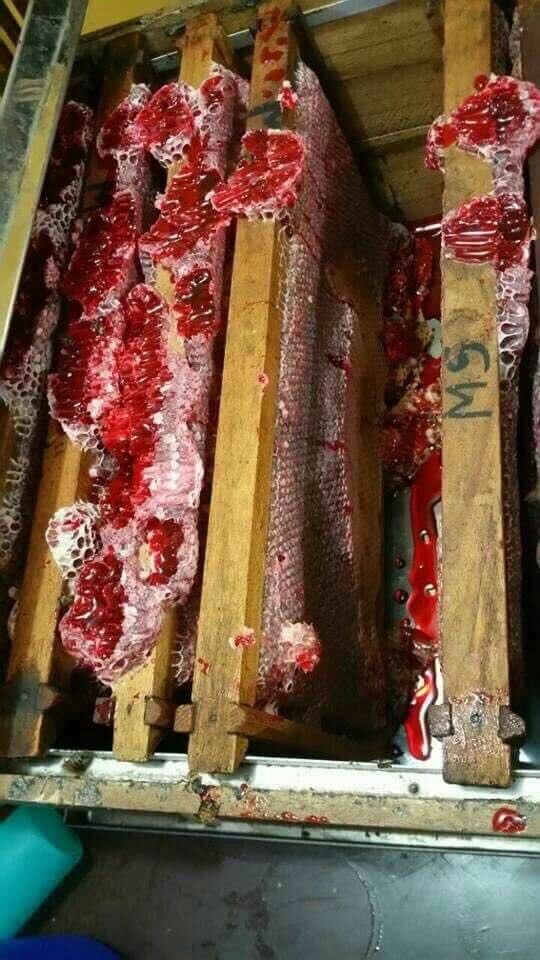
-
(0)
-
Bookmark
- Comments (0)


